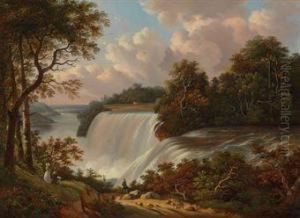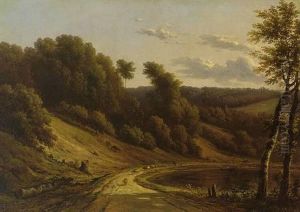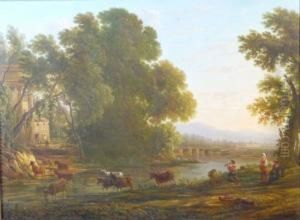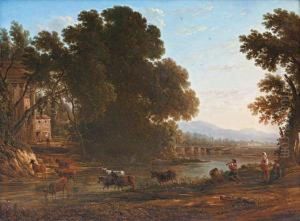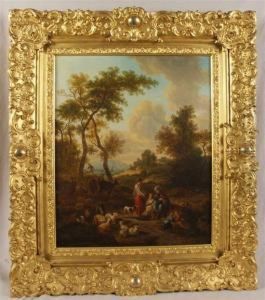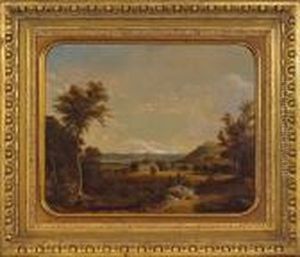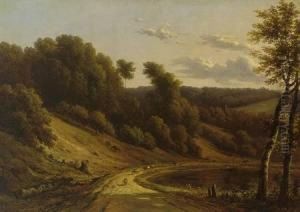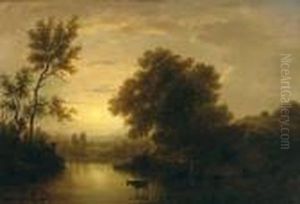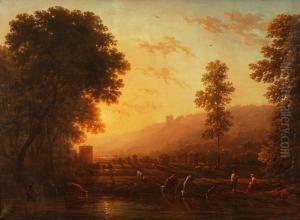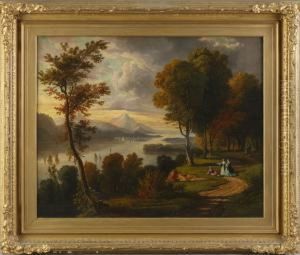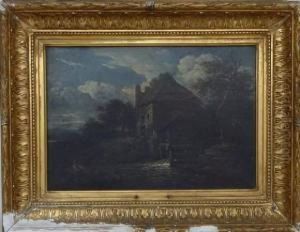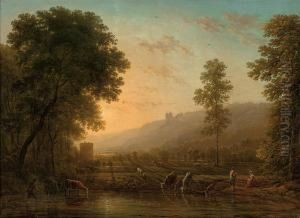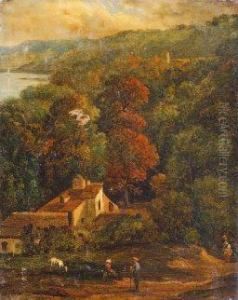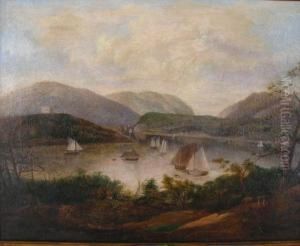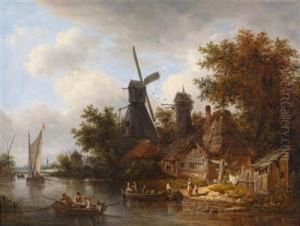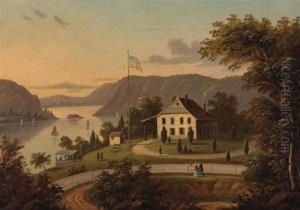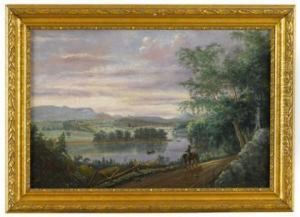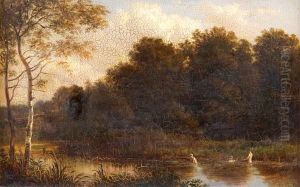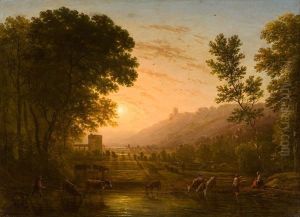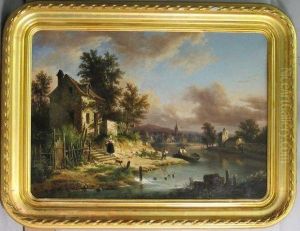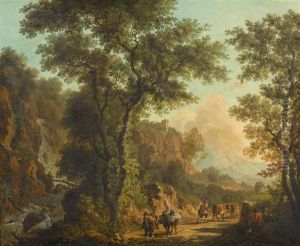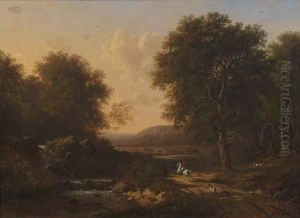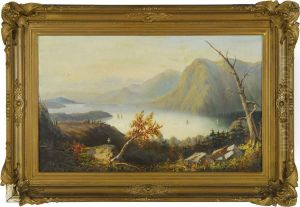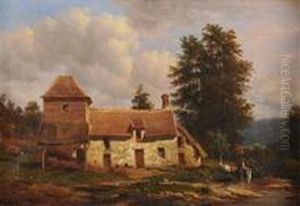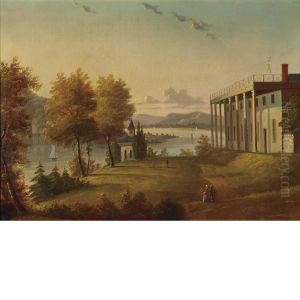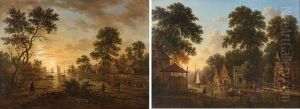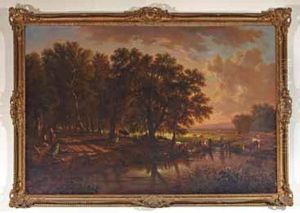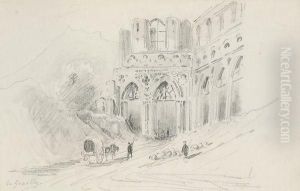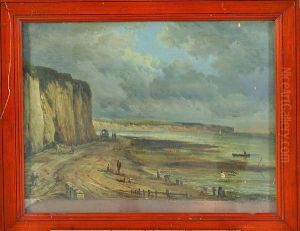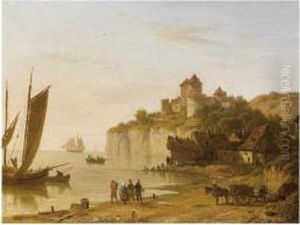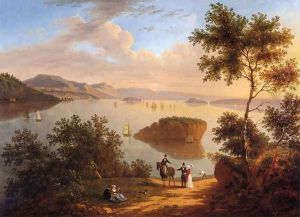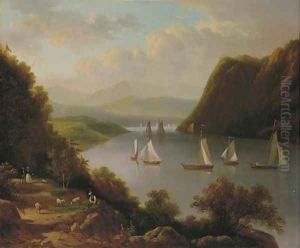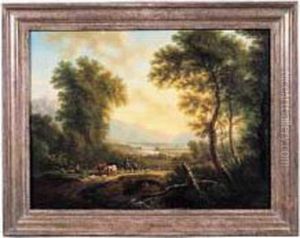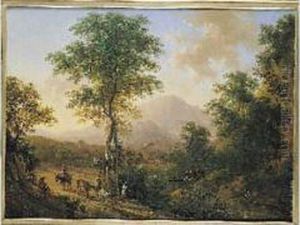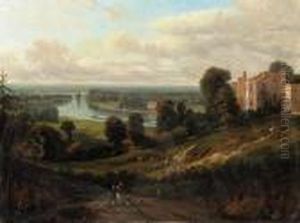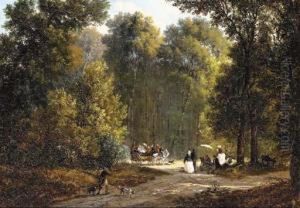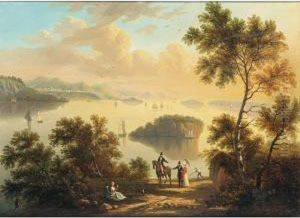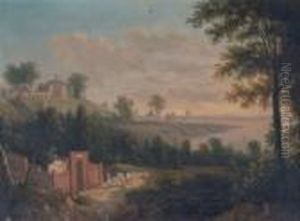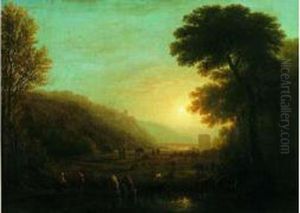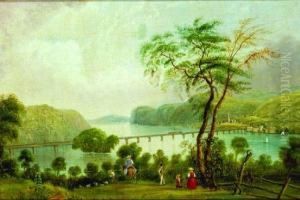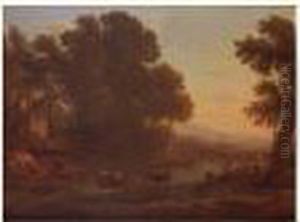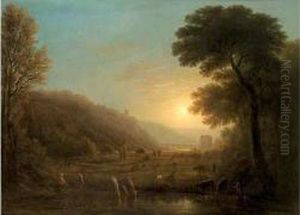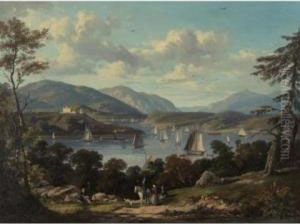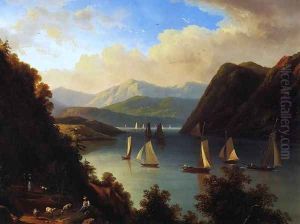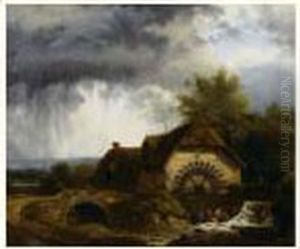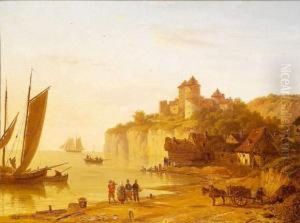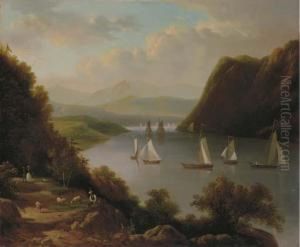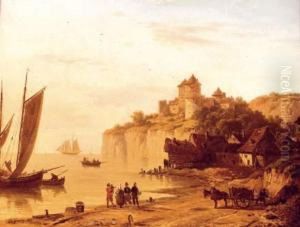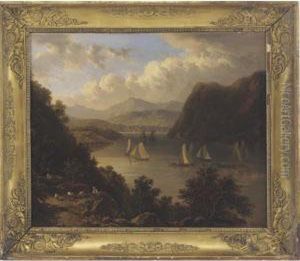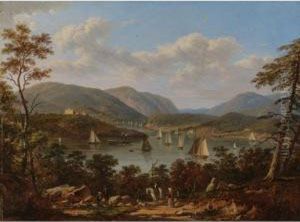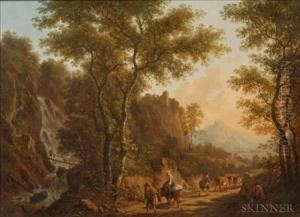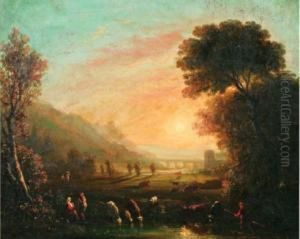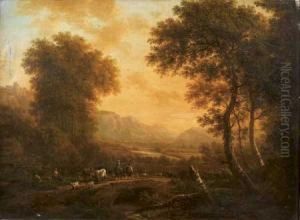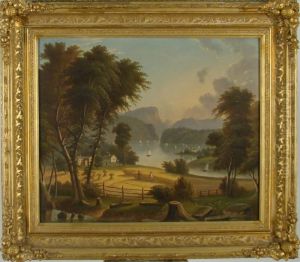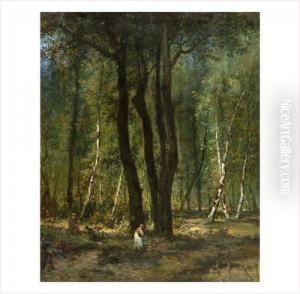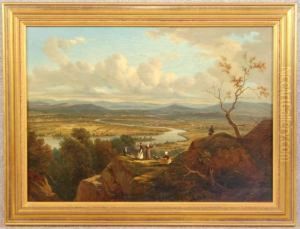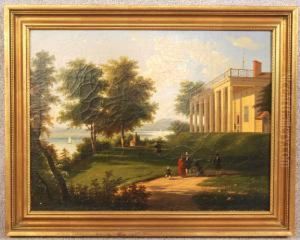Victor DeGrailly Paintings
Victor DeGrailly was a French painter known for his picturesque American landscapes. Born in 1804, DeGrailly's exact birthplace within France is not well documented, but he spent a significant part of his career in Paris. Despite never actually visiting the United States, DeGrailly had a profound influence on the American art scene of the 19th century through his idyllic and romanticized depictions of the American wilderness.
DeGrailly was closely associated with the Hudson River School, a mid-19th century American art movement embodied by a group of landscape painters who were inspired by romanticism. Although he was not an official member, his works often exhibit the same themes of natural beauty and grandeur that were central to the Hudson River School artists.
He gained popularity when his works were engraved and distributed in the United States by the New York printmaking firm, Goupil & Co. These engravings were widely disseminated and became very popular among the American public. His paintings often depicted well-known landscapes such as Niagara Falls, the Catskill Mountains, and scenes along the Hudson River, despite DeGrailly relying on the works of other artists or illustrations for reference.
Victor DeGrailly's paintings are characterized by their fine detail, luminous colors, and the serene quality of light, which he used to create a sense of harmony and tranquility in his depictions of the natural world. His attention to detail and ability to evoke emotion through landscape made his work highly sought after during his lifetime.
After decades of contributing to the romantic and idealistic portrayal of American landscapes, DeGrailly passed away in 1889. While he is not as widely recognized today as some of his contemporaries, his work played a significant role in shaping the visual culture of America during the 19th century and continues to be appreciated by art historians and collectors for its beauty and historical value.
